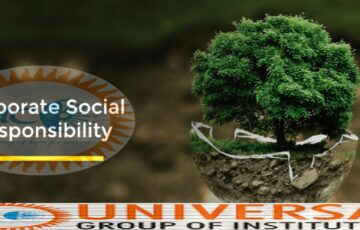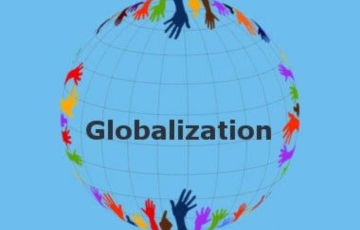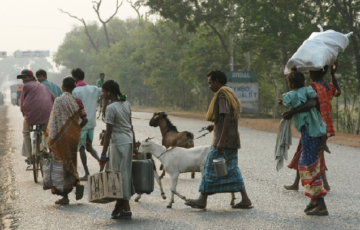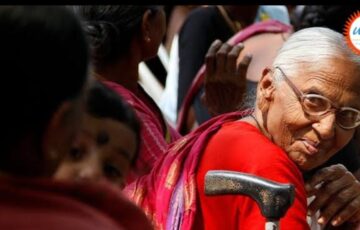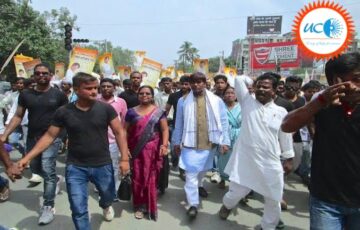Poverty eradication
Q. ‘Despite the implementation of various programs for eradication of poverty by the government in India, poverty is still existing’. Explain by giving reasons.
Approach:
|
Answer:
Reducing poverty has become an international concern as SDG 1 targets to end poverty in all its forms everywhere. The Global Multidimensional Poverty Index-2018 released by the UN noted that 271 million people moved out of poverty between 2005 and 2015 in India. Still, a big part of the population in India is living Below the Poverty Line. As per the Tendulkar Committee, this estimation is around 21.9% of the total population of the country.
Various government efforts against poverty:
- Removal of poverty has been a prime focus of Indian policy makers. Integrated Rural Development Program (IRDP) initiated in the early 1980s was one of the early poverty alleviation programmes.
- Employment Generation Program, Income Support, and Employment Guarantee (like MGNREGA) to eradicate poverty.
- Schemes for providing utilities like housing, electricity etc. to people to ease the financial expenditure of the poor households.
- Pradhan Mantri Awas Yojana and Housing for All by 2022 Scheme to provide housing to rural and urban poor is an example.
- PM Garib Kalyan Yojana was launched by the government to improve the livelihood and standard of living of the poor living below poverty line.
- The Indian Government’s latest schemes like Start-Up India and Stand Up India are about empowering people i.e. making people self–sufficient, to earn their livelihood.
- No proper validation of the method has been made using closely prepared prospective studies.
Reasons for the failure of poverty alleviation efforts and the existence of poverty:
- It is a multi-dimensional menace which needs convergence, synergy from all levels of institutions which we lack today.
- Poverty has certain behavioral attributes like strong feelings of marginality, of helplessness, of dependency, absence of childhood as a specially prolonged and protected stage in the life-cycle, a strong predisposition toward authoritarianism, child marriage. These have not been suitably into policy convergence.
- Climate change, Jobless growth, high inflation etc has reduced the effect of government policies and efforts.
- Modern digital divides also add up to the issues. World Development Report 2017 highlights India’s lagging in en-cashing Digital dividends resulting in a Digital Divide. Thus, the poor are not able to reap the benefits of Digital Technologies.
- Numerous already functional poverty alleviation programs work in silos. There is no systematic attempt to identify people who are below the poverty line and to determine and address their needs enabling them to move above the poverty line.
- There are cases of corruption in the identification of beneficiaries, and there is also a lack of authentic data at every level.
- A typically low administrative capacity, coupled with problems of implementation at the State level has often resulted in the underutilization of funds.
- Leakage at different levels has led to the diversion of resources meant for deprived ones.
- These programs have focused on a top-to-bottom approach, but such an approach lacks coordination in decision-making and causes clogging of funds and asymmetry in distribution.
Way forward
- Realistic Assessment of the present situation of poverty in the country in need of the hour.
- Direct income transfer to the needy is an immediate solution.
- Taxing the wealth of rich people to fund the amelioration of the poor in the country.
- By improving social infrastructure and job opportunities in rural areas, migration to urban areas can be decreased, and thus urban poverty can also be decreased.
- Investment in Agriculture by the government is necessary to decrease rural poverty. Subsidies address only short-term issues.
- Also, there is a need to develop technologies, with the help of which farmers can practice all-weather agriculture.


